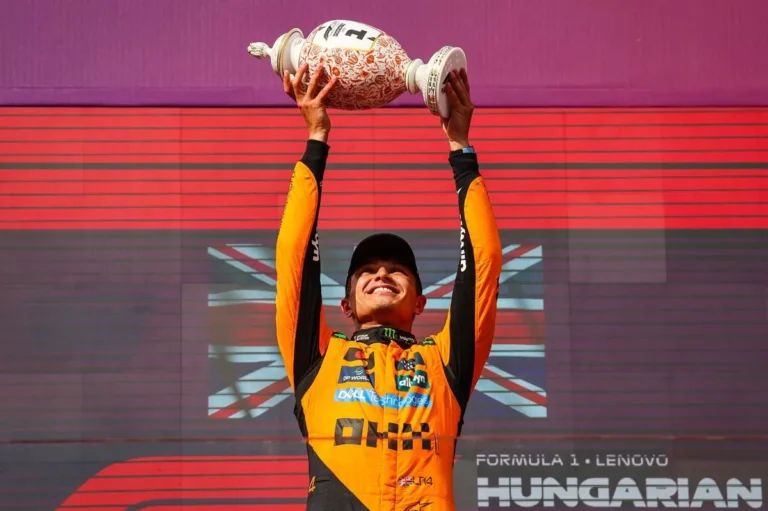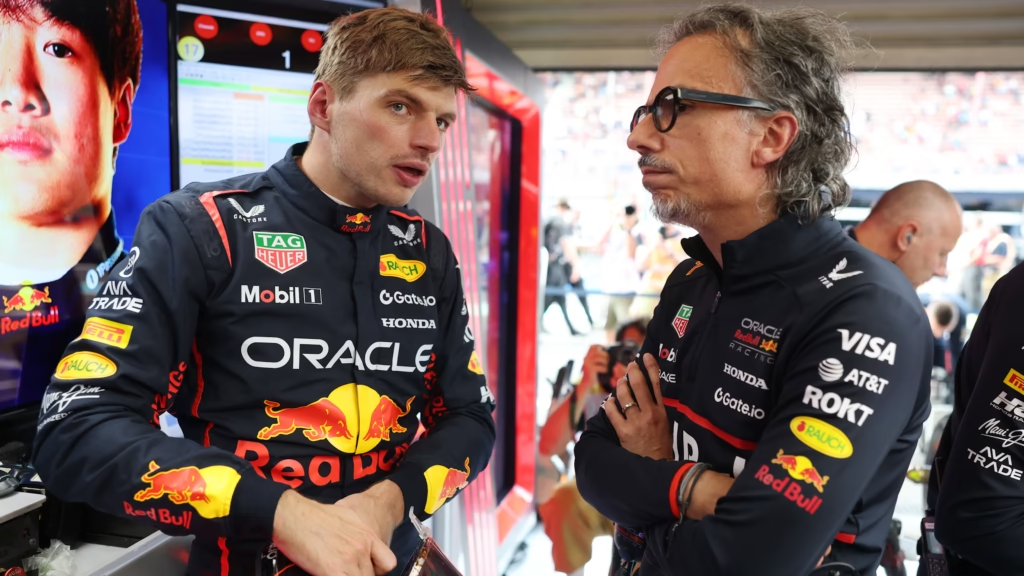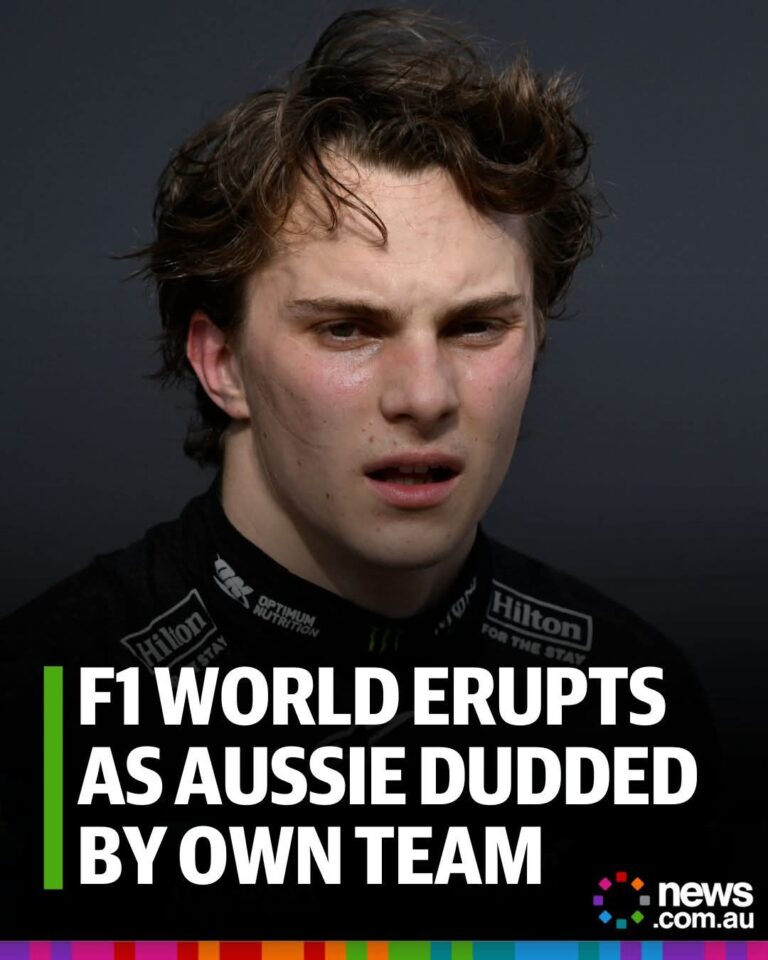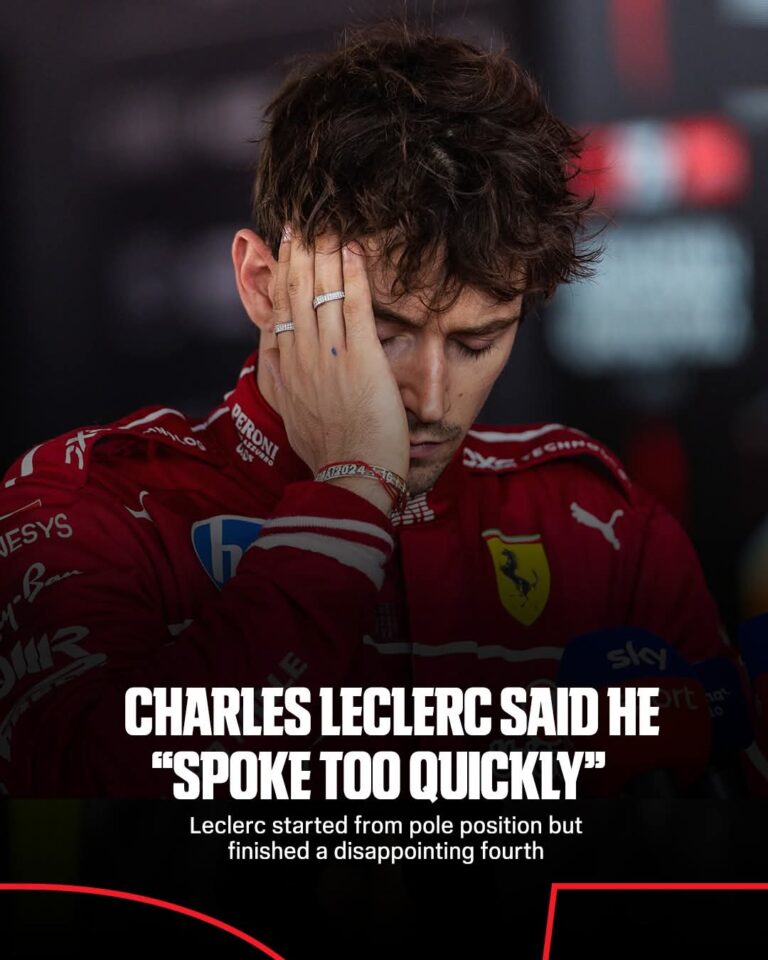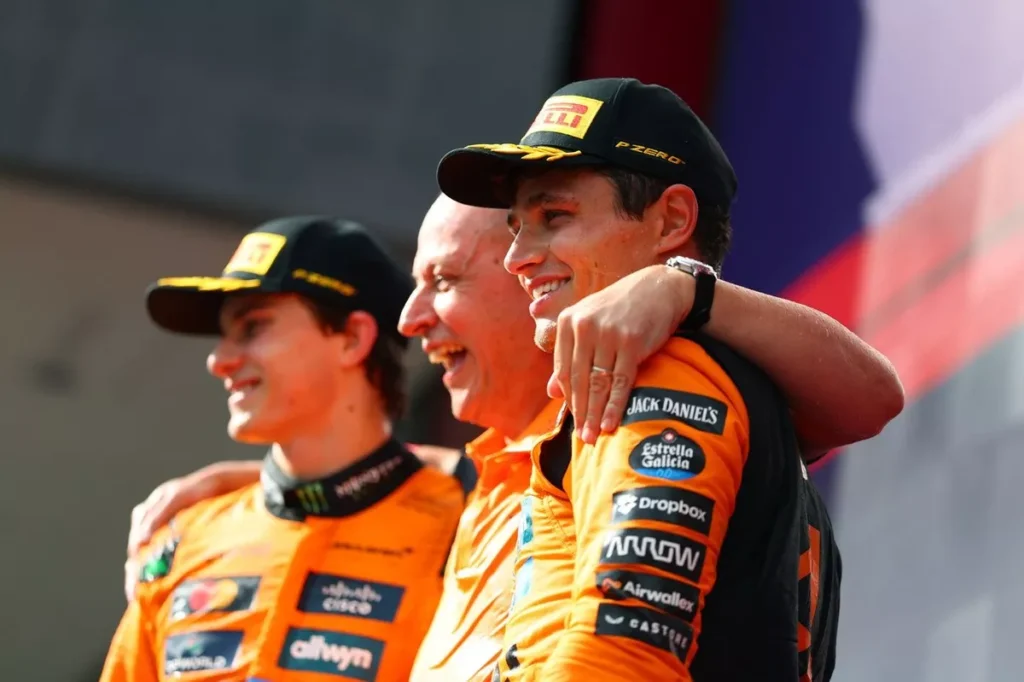
McLaren made a surprising post-race admission following the Hungarian Grand Prix, revealing that their initial strategy heavily favored a two-stop approach. According to team principal Andrea Stella, the team didn’t believe a one-stop could be a competitive option given the tyre degradation data they’d analyzed. However, circumstances during the race, particularly Lando Norris’ poor start and subsequent track positioning, inadvertently forced the Briton into an unexpected one-stop strategy.lnterestingly, despite initial doubts, this change of plans ultimately worked in Norris’ favor, while others like Max Verstappen arguably lost out by sticking to two stops.
The race unfolded contrary to expectations and tyre predictions laid out by Pirelli, which had been confident that the two-stop would be significantly quicker. Motorsport manager Mario Isola highlighted that the one-stop was about 10 seconds slower under normal degradation. However, with cooler race-day conditions and strategic tyre management, the performance gap narrowed. This set the stage for unplanned adaptations. At the start, Norris attempted an aggressive move on teammate Oscar Piastri but backed out, costing him positions to Russell and Alonso. This reshuffling would become pivotal in shaping his strategic path forward.
As Norris became trapped behind Russell in turbulent air, McLaren’s strategic flexibility was tested. With Alonso slowing the pack behind the lead group, the opportunity for a successful one-stop strategy began to emerge. Norris was unable to make meaningful progress through the field early on, but with cars backing up behind Alonso, the race naturally leaned towards conserving tyres and stretching stints. This shift in dynamics forced McLaren to adjust mid-race, allowing Norris to remain on track longer while Piastri adhered to the originally planned two-stop layout in an attempt to leapfrog Ferrari’s Charles Leclerc.
The strategic tension heightened around lap 18 when Piastri pitted and triggered Ferrari into an immediate response. However, Alonso’s increasing pace and positioning disrupted both teams’ pit sequences. Though Piastri and Leclerc managed to overtake Alonso, the delay revealed the potential flaws in a rigid two-stop approach. Meanwhile, Norris stayed out, quietly turning the tables as he managed his worn tyres effectively. Piastri, sensing his plan was faltering, began to question if a one-stop would now be viable, hinting at a strategic shift he couldn’t capitalize on fast enough.
By the time Norris pitted on lap 31, the one-stop strategy had fully emerged as a competitive path. Stella later acknowledged that the team hadn’t initially considered it feasible but praised Norris for extracting strong lap times from ageing tyres. His consistent performance changed the team’s perception of what was possible during the race. What began as a compromised position due to a poor start evolved into a tactical success, driven by driver skill and on-the-fly adaptability. Ultimately, while McLaren went into the race convinced the two-stop would dominate, it was Norris’ unplanned one-stop that delivered one of the day’s most effective performances.
